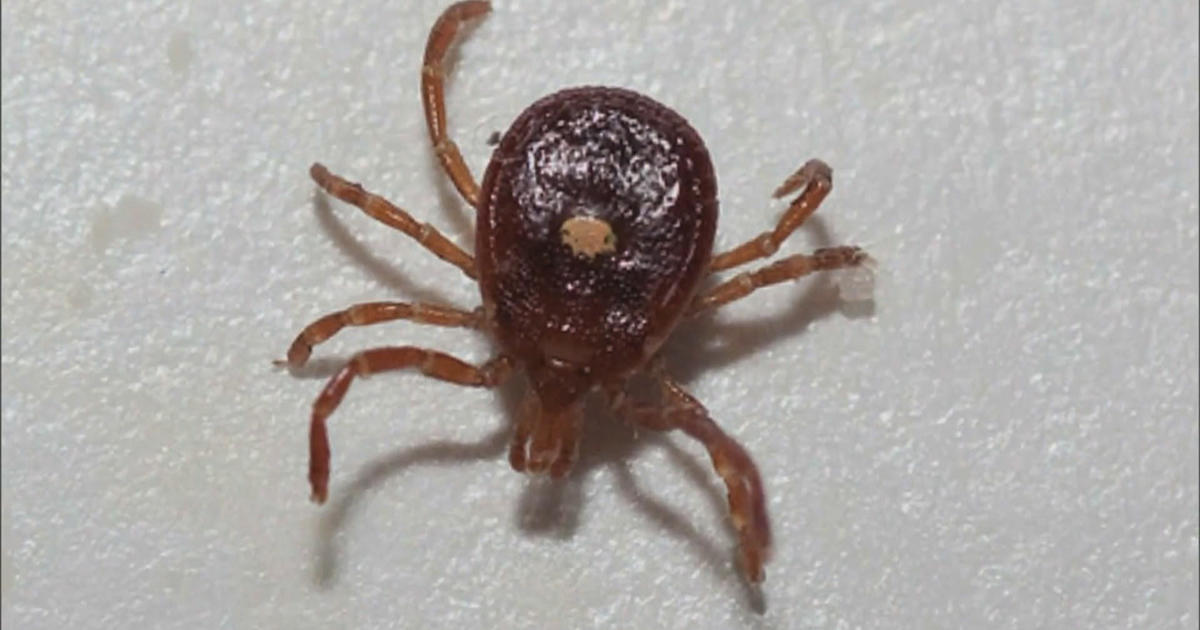Time: 2024-08-14
The Allegheny County Health Department recently reported the first human case of Powassan virus disease in the county . A child living in northern Allegheny County tested positive for the virus and is currently recovering at home after experiencing fever and other symptoms that required hospitalization . According to health officials , Powassan virus is transmitted through a bite from an infected black - legged tick , the same type of tick that can also cause Lyme disease . This marks the first reported case of Powassan virus disease in Pennsylvania this year.
Powassan virus is considered a rare disease , but the number of reported cases has been on the rise in recent years , as indicated by the Centers for Disease Control and Prevention . The child in Allegheny County is the first reported human case of Powassan virus in the region . Health investigators are now examining areas in the northern part of the county to determine if other ticks are carrying the virus . In previous years , Powassan virus was found in a small percentage of ticks in northern Allegheny County , highlighting the importance of tick prevention measures to avoid infection.

The symptoms of Powassan virus can range from mild to severe , with fever , headache , vomiting , and weakness being common indicators . While some individuals may not experience any symptoms , the virus can lead to serious and potentially fatal outcomes in certain cases . Unfortunately , there is currently no vaccine or specific treatment for Powassan virus , underscoring the importance of prevention strategies such as avoiding wooded areas , using repellents , showering after outdoor activities , and conducting regular tick checks.
It is crucial for individuals who suspect they have been bitten by a tick to seek medical attention promptly . The health department advises the public to be vigilant about tick bites and to take proactive measures to prevent tick - borne diseases , including Powassan virus . By raising awareness and implementing preventive actions , communities can reduce the risk of contracting such illnesses and protect public health.